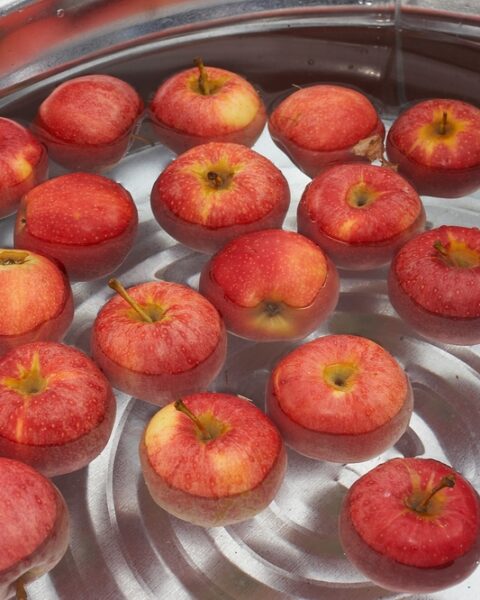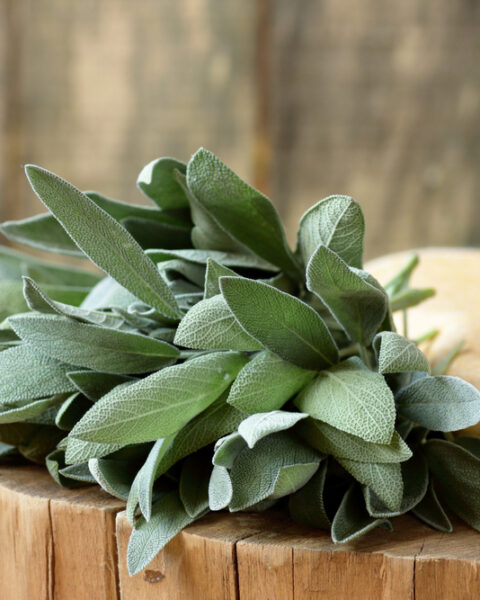Starting a garden can feel overwhelming, but choosing the right flowers makes it a lot easier. For those who are new to gardening or just want quick results, there are some fantastic flower seeds that grow fast and are simple to care for. These flowers not only sprout quickly but also bring vibrant colors and life to any garden space. Here’s a list of 17 easy, fast-growing flowers that will have your garden blooming in no time. With a little bit of care, you’ll enjoy a beautiful display of flowers without the wait.
Contents
- 1 Sunflowers
- 2 Marigolds
- 3 Zinnias
- 4 Cosmos
- 5 Nasturtiums
- 6 Morning Glories
- 7 Pansies
- 8 Petunias
- 9 Calendula
- 10 Sweet Alyssum
- 11 Bachelor’s Buttons
- 12 Snapdragons
- 13 Black-Eyed Susans
- 14 Impatiens
- 15 Phlox
- 16 Four O’Clocks
- 17 Larkspur
- 18 More From RetailShout
- 19 29 Mouthwatering Desserts from Around the World
- 20 13 Unique Food Customs from Around the World
Sunflowers

Sunflowers are known for their large, bright blooms and rapid growth. They thrive in full sun and can reach heights of up to 12 feet. To plant sunflowers, sow the seeds directly into the soil after the last frost, spacing them about 6 inches apart. Water them regularly to keep the soil moist but not waterlogged. Sunflowers are drought-tolerant once established but benefit from regular watering during dry spells. Support the tall stems with stakes if they begin to droop under the weight of the blooms.
Marigolds

Marigolds are easy to grow and offer vibrant blooms that can brighten any garden. They prefer full sun and well-drained soil. Start marigold seeds indoors 6-8 weeks before the last frost or sow them directly into the garden. Space the seeds about 1 inch apart and cover them lightly with soil. Water the seeds gently but thoroughly. Besides their beauty, marigolds also act as natural pest repellents, protecting your other plants.
Zinnias
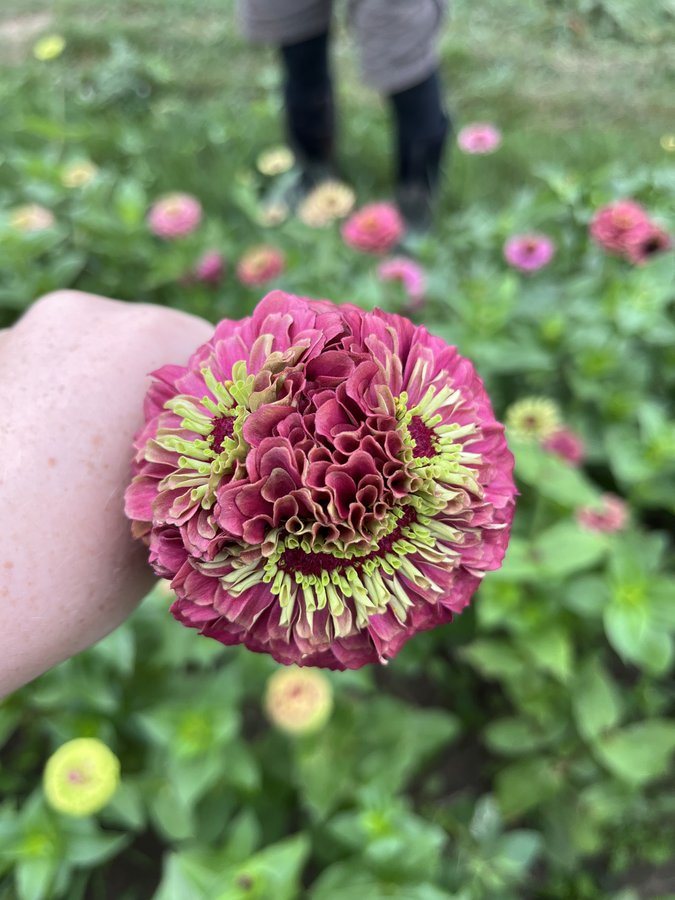
Zinnias are perfect for beginner gardeners due to their hardiness and fast growth. They require full sun and well-drained soil. Sow zinnia seeds directly in the garden after the last frost, spacing them 4-6 inches apart. Water them regularly, ensuring the soil remains moist. Zinnias bloom in a wide range of colors and attract butterflies. Harvest some of the flowers to create stunning bouquets, which will also promote further blooming.
Cosmos

Cosmos are known for their delicate, daisy-like flowers and easy maintenance. They grow best in full sun and can tolerate poor soil conditions. Plant cosmos seeds directly in the garden after the danger of frost has passed. Space the seeds about 12 inches apart and cover them lightly with soil. Water them regularly but avoid overwatering. Let some flowers go to seed at the end of the season to enjoy self-sown cosmos the following year.
Nasturtiums
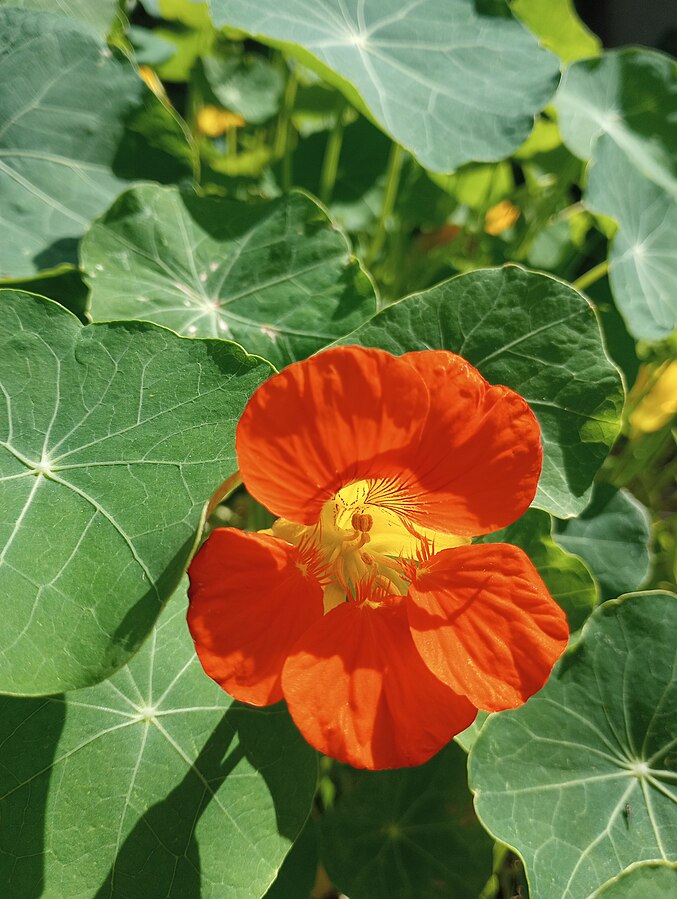
Nasturtiums are popular for their bright, edible flowers and attractive foliage. They grow well in full sun to partial shade and prefer well-drained soil. Sow nasturtium seeds directly in the garden after the last frost, spacing them 10-12 inches apart. Water the seeds thoroughly after planting. Nasturtiums are drought-tolerant but benefit from regular watering during dry periods. Enjoy their peppery leaves and flowers in salads or as garnishes.
Morning Glories
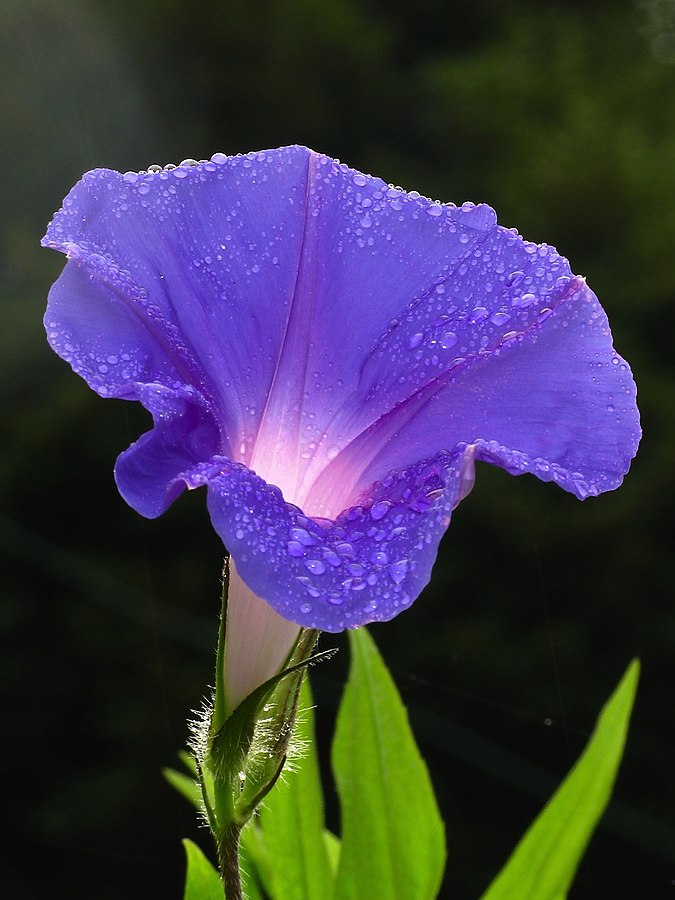
Morning glories are fast-growing vines with trumpet-shaped flowers. They thrive in full sun and well-drained soil. Soak the seeds overnight before planting to speed up germination. Sow the seeds directly in the garden after the last frost, spacing them 6 inches apart. Provide a trellis or support for the vines to climb. Regularly guide the vines to ensure they cover your desired structure beautifully.
Pansies
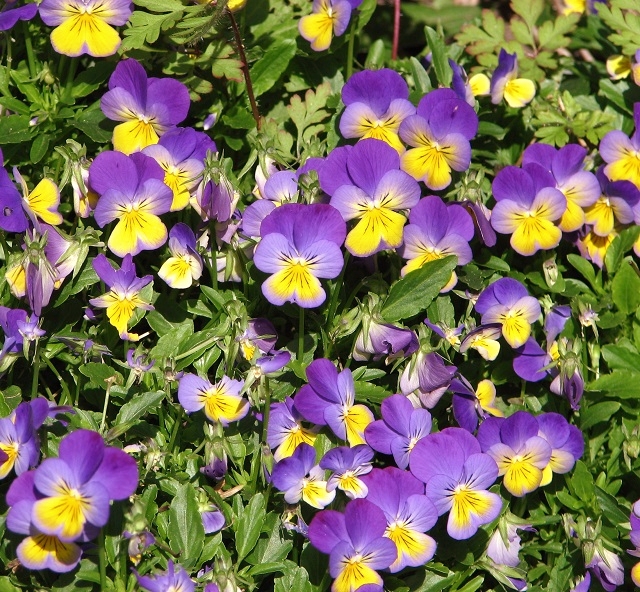
Pansies are a favorite for their colorful, cheerful blooms. They grow best in full sun to partial shade and well-drained soil. Start pansy seeds indoors 8-10 weeks before the last frost or sow them directly in the garden. Space the seeds about 6-8 inches apart and cover them lightly with soil. Water regularly to keep the soil evenly moist. Use pansies to add color to garden borders and containers, ensuring a vibrant display.
Petunias
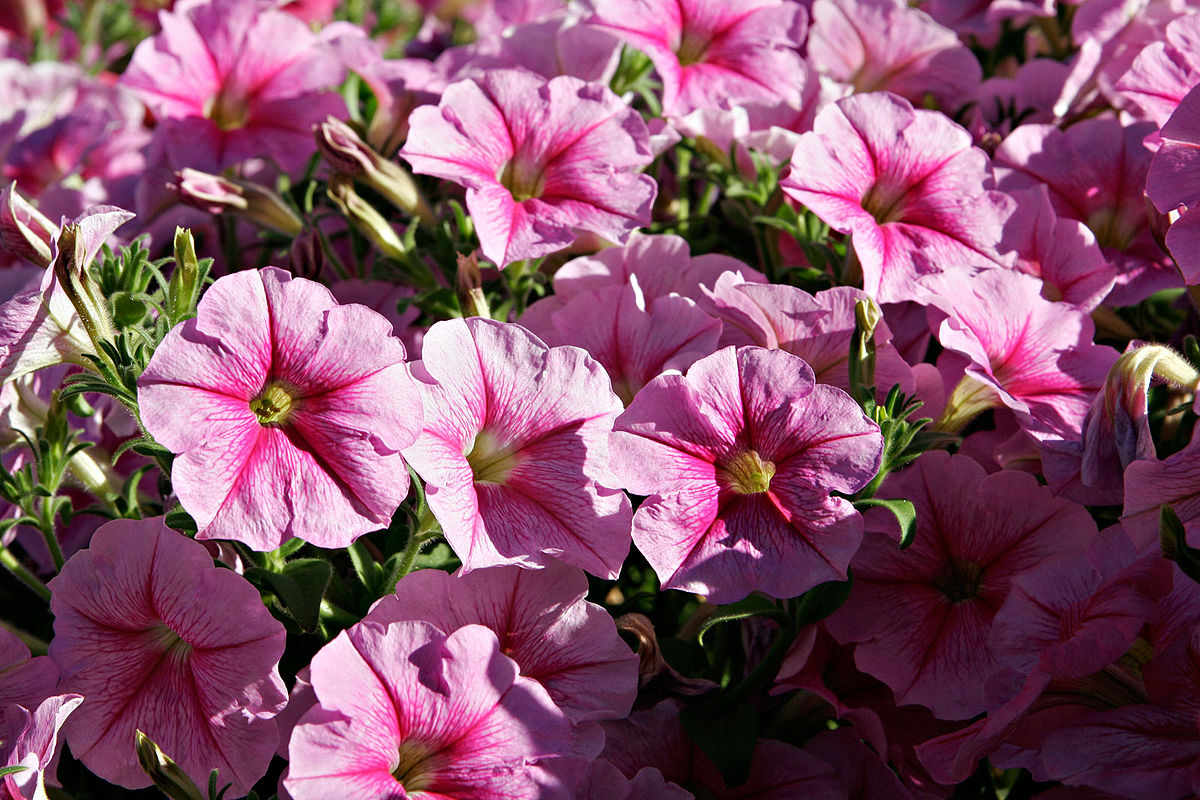
Petunias are beloved for their vibrant, long-lasting blooms. They prefer full sun and well-drained soil. Start petunia seeds indoors 10-12 weeks before the last frost or purchase young plants. Space the plants about 12 inches apart in the garden. Water them regularly, ensuring the soil remains consistently moist. Trim back leggy stems periodically to encourage a bushier plant with more flowers.
Calendula

Calendula, also known as pot marigold, is known for its bright, daisy-like flowers. It grows best in full sun and well-drained soil. Sow calendula seeds directly in the garden after the last frost, spacing them 6-12 inches apart. Water the seeds thoroughly after planting. Calendula is drought-tolerant but appreciates regular watering. Use the edible petals to brighten up your salads and dishes.
Sweet Alyssum
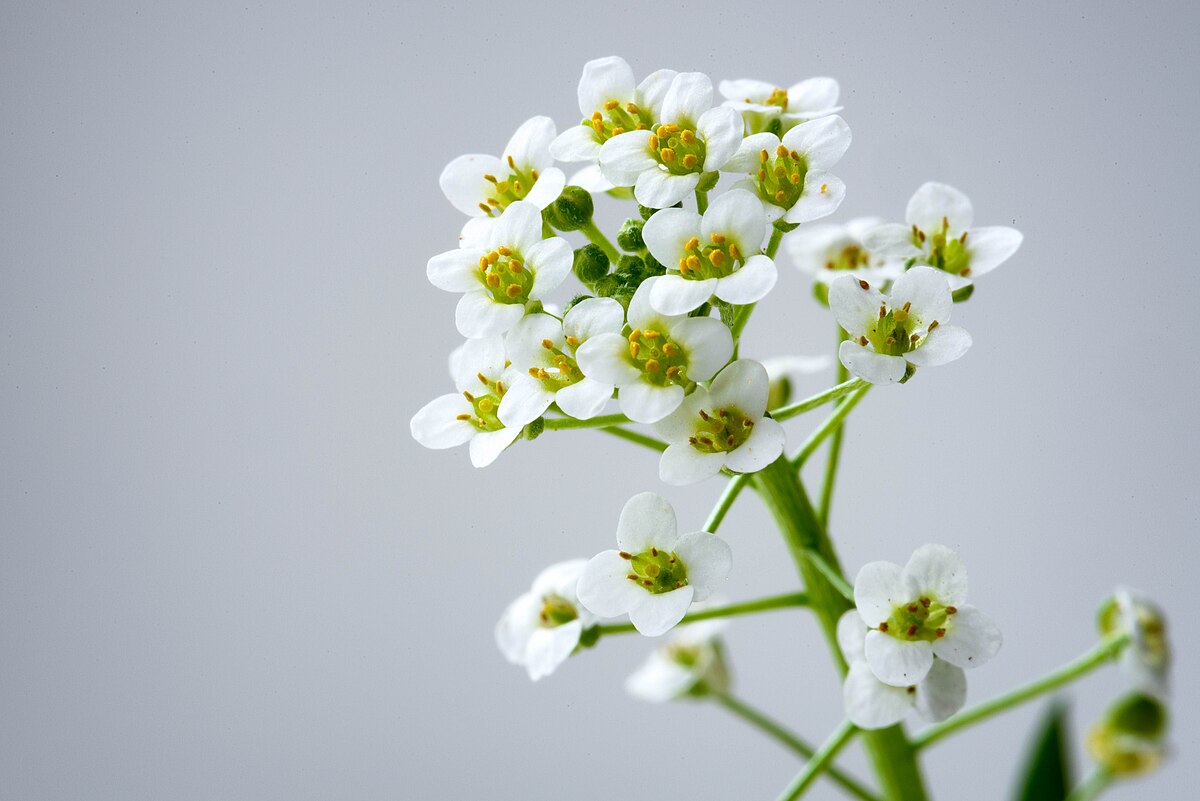
Sweet alyssum produces clusters of tiny, fragrant flowers that attract pollinators. It grows well in full sun to partial shade and prefers well-drained soil. Sow sweet alyssum seeds directly in the garden after the last frost, spacing them about 6 inches apart. Water regularly to keep the soil moist. Sweet alyssum is relatively low-maintenance and can tolerate some drought. Incorporate them into rock gardens or borders for a lovely ground cover.
Bachelor’s Buttons
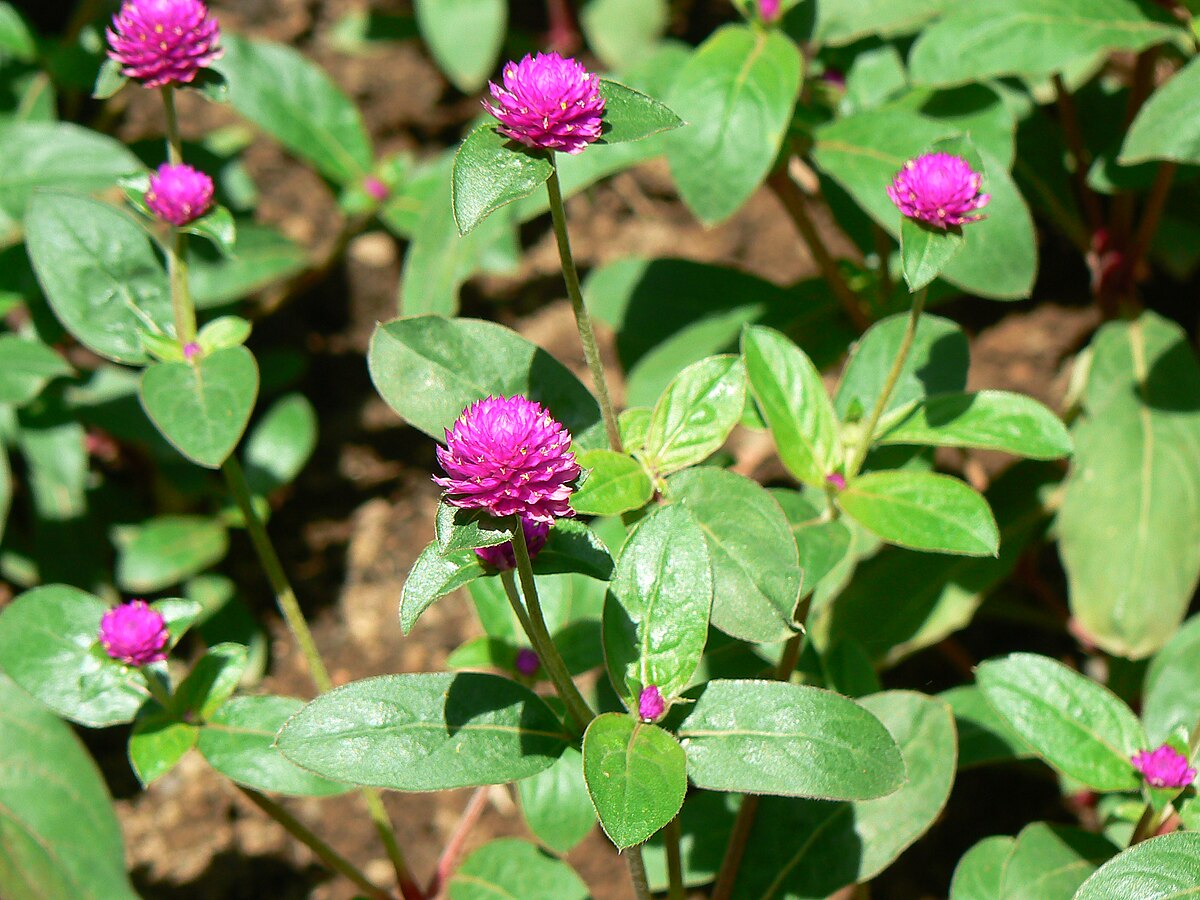
Bachelor’s buttons, or cornflowers, are known for their charming, button-like flowers. They grow best in full sun and well-drained soil. Sow the seeds directly in the garden after the last frost, spacing them 6-12 inches apart. Water the seeds thoroughly after planting. Bachelor’s buttons are drought-tolerant once established. Cut the flowers frequently for bouquets to keep the plants producing more blooms.
Snapdragons
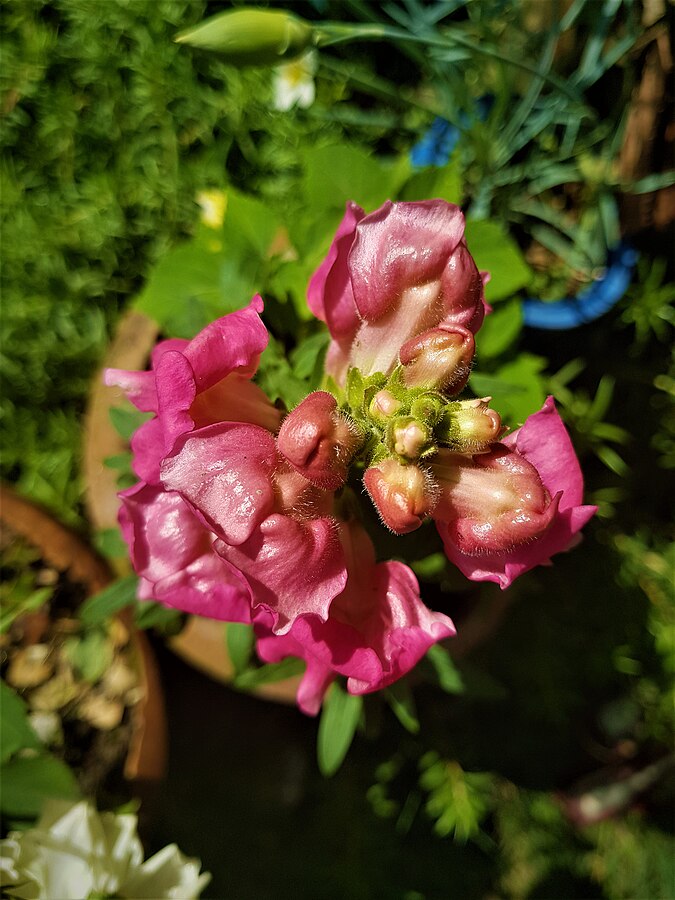
Snapdragons are loved for their unique, dragon-shaped flowers. They thrive in full sun to partial shade and well-drained soil. Start snapdragon seeds indoors 8-10 weeks before the last frost or purchase young plants. Space the plants about 6-12 inches apart in the garden. Water regularly to keep the soil moist but not waterlogged. Provide support for taller varieties to prevent them from toppling over.
Black-Eyed Susans
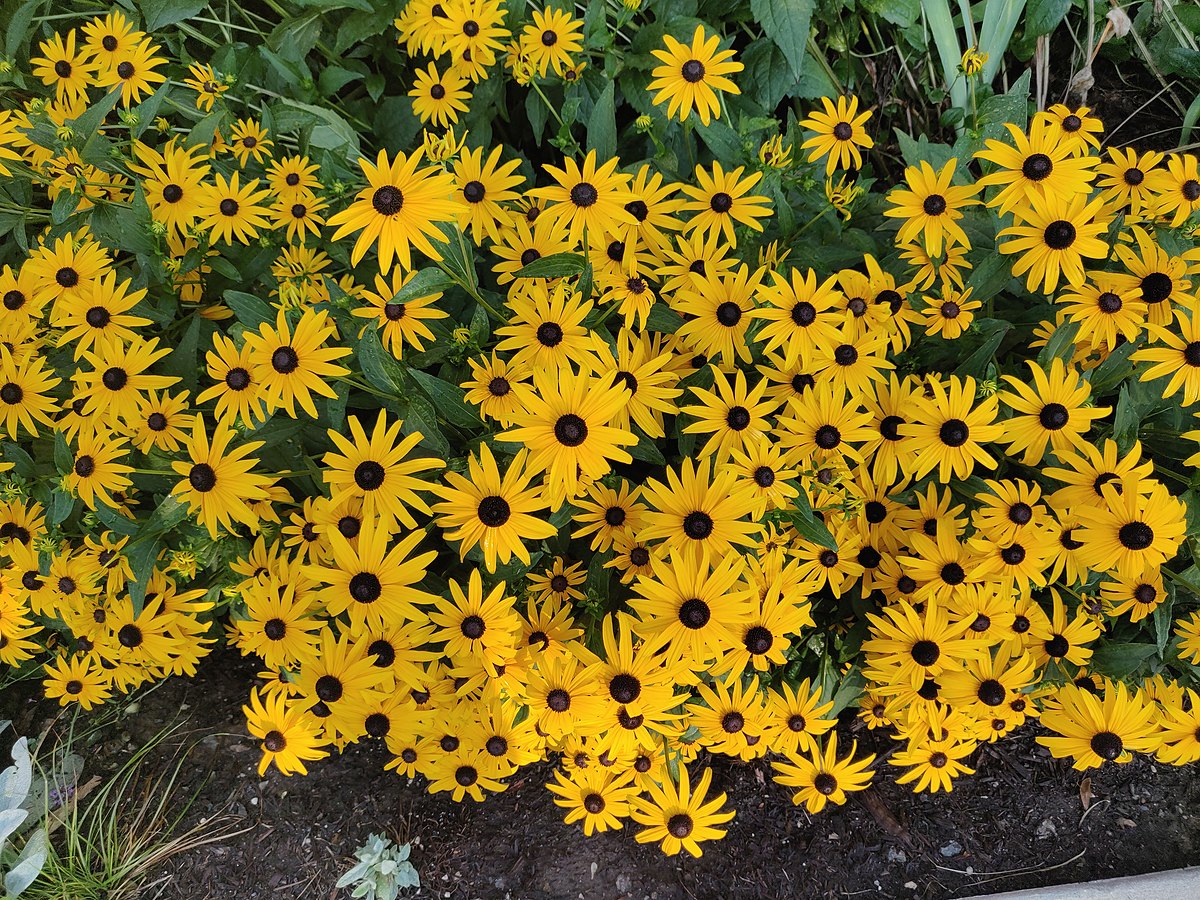
Black-eyed Susans are hardy perennials with bright yellow flowers and dark centers. They prefer full sun and well-drained soil. Sow the seeds directly in the garden after the last frost, spacing them about 12 inches apart. Water the seeds thoroughly after planting. Black-eyed Susans are drought-tolerant and require minimal care once established. These flowers can create stunning meadow-like displays in large plantings.
Impatiens
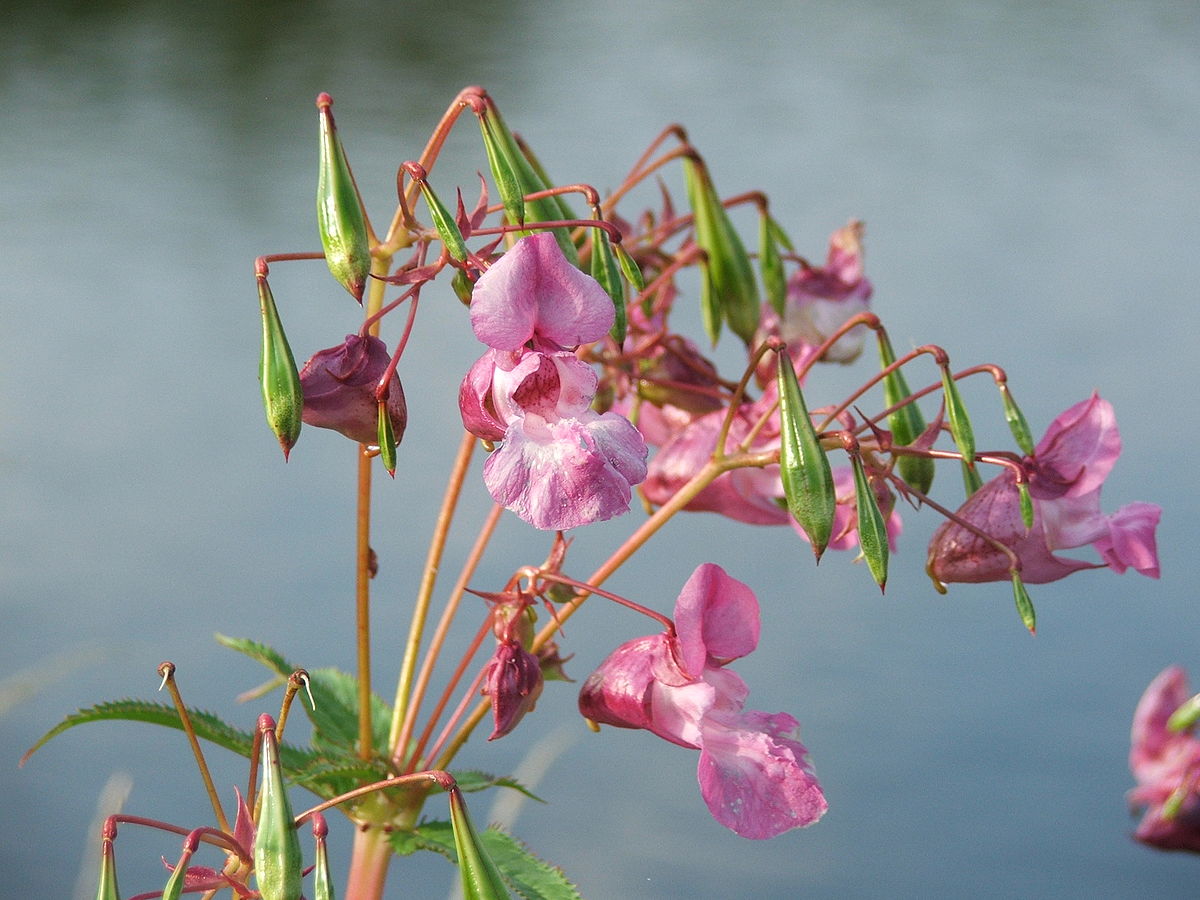
Impatiens are shade-loving plants with colorful, showy flowers. They grow best in partial to full shade and well-drained, moist soil. Start impatiens seeds indoors 8-10 weeks before the last frost or purchase young plants. Space the plants about 8-12 inches apart in the garden. Water regularly to keep the soil consistently moist. Use them to add bright color to shady garden spots and containers.
Phlox
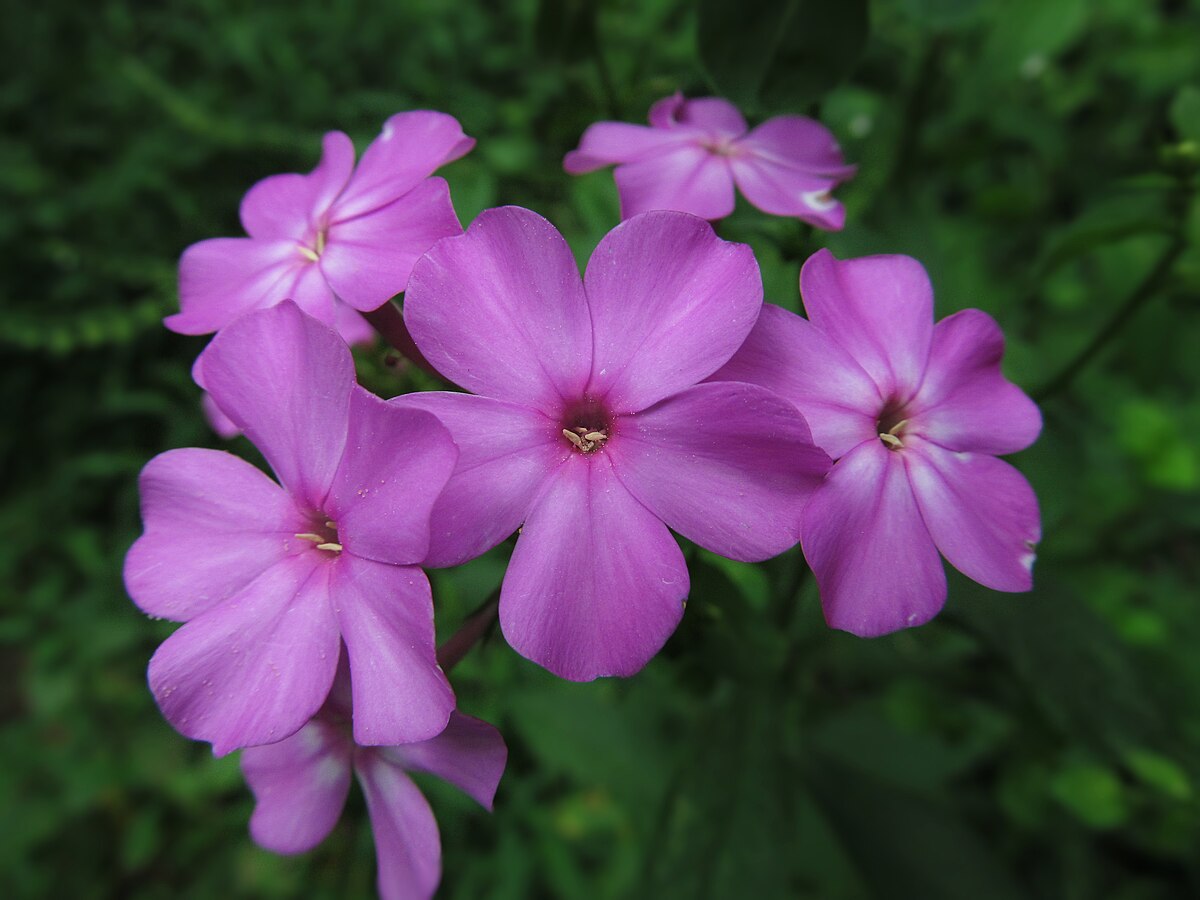
Phlox are known for their vibrant, fragrant flowers and easy care. They grow best in full sun to partial shade and well-drained soil. Sow phlox seeds directly in the garden after the last frost, spacing them about 12 inches apart. Water the seeds thoroughly after planting. Phlox benefit from regular watering, especially during dry periods. Attract pollinators like butterflies and hummingbirds with these beautiful blooms.
Four O’Clocks
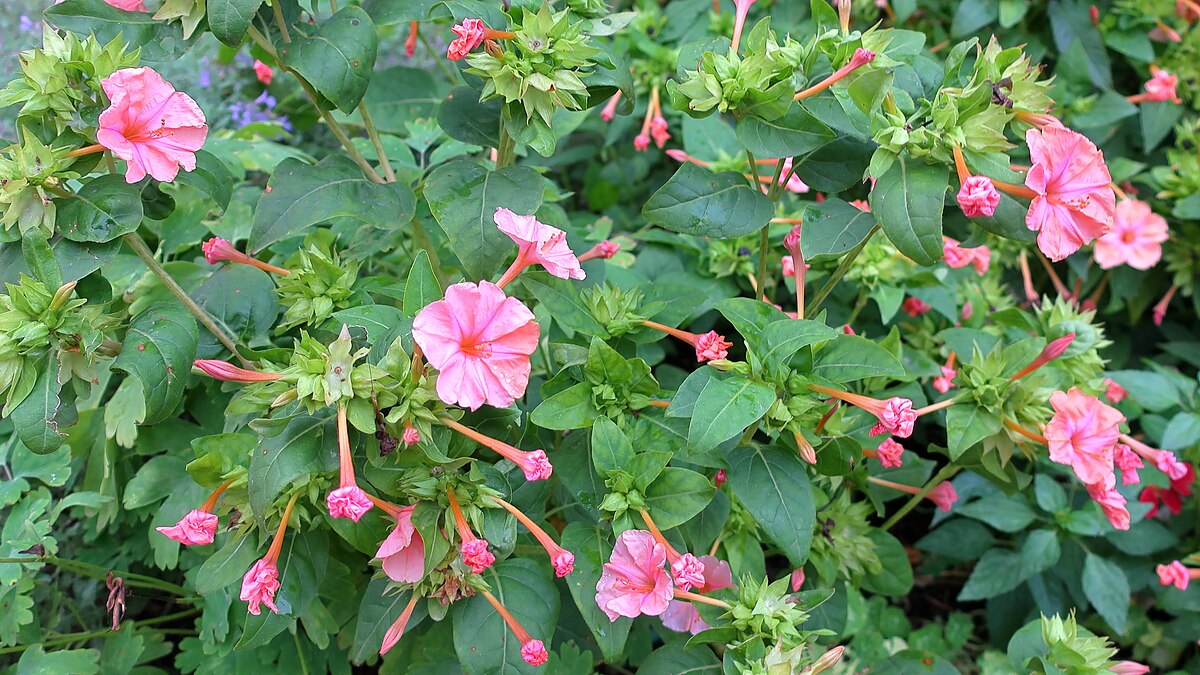
Four o’clocks are named for their habit of opening in the late afternoon. They prefer full sun to partial shade and well-drained soil. Sow the seeds directly in the garden after the last frost, spacing them about 12 inches apart. Water the seeds thoroughly after planting. Four o’clocks are drought-tolerant but benefit from regular watering. Their unique blooming schedule adds a special touch to evening gardens.
Larkspur
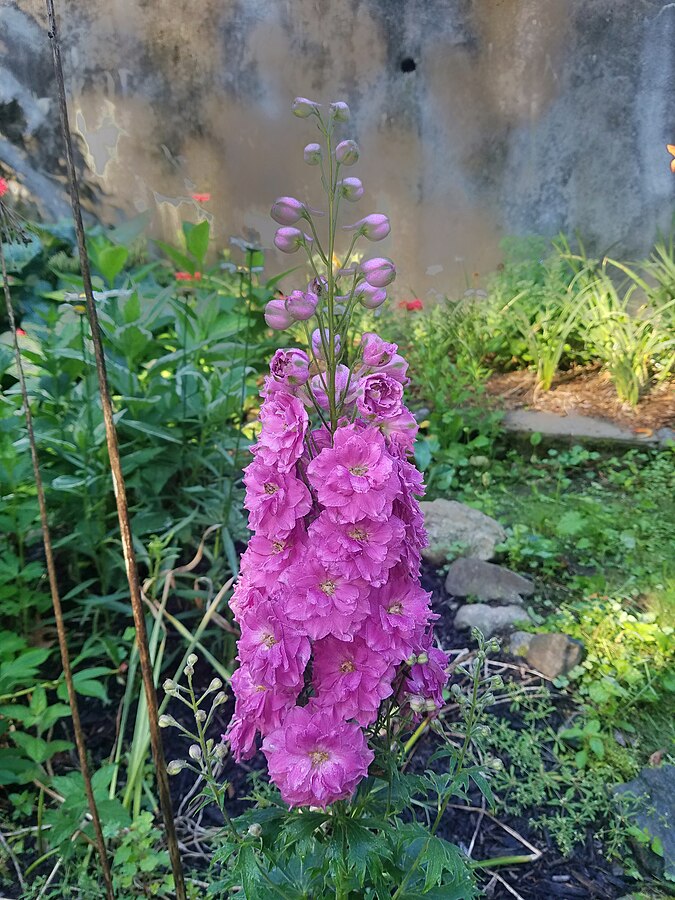
Larkspur is known for its tall spikes of colorful flowers. It grows best in full sun to partial shade and well-drained soil. Sow larkspur seeds directly in the garden after the last frost, spacing them about 12 inches apart. Water the seeds thoroughly after planting. Larkspur benefits from regular watering, especially during dry periods. Enjoy their tall, graceful blooms as cut flowers in floral arrangements.
This article originally appeared on RetailShout
More From RetailShout
11 Pizzas Worth Stocking in Your Freezer

If you’re a pizza lover like me, then you know the joy of finding a perfect frozen pizza. Whether you’re craving a quick meal or just want to have a backup in the freezer, frozen pizzas have come a long way in terms of taste and quality. Read More.
29 Mouthwatering Desserts from Around the World

If you love sweets and enjoy trying new flavors from around the world, you’re in for a treat. Desserts are a fantastic way to explore different cultures and their unique culinary traditions. There’s nothing quite like exploring the world through its desserts. Read More.
13 Unique Food Customs from Around the World

You won’t believe some of the unique food customs and traditions from around the world. Different cultures have fascinating ways of handling mealtime, and they can seem pretty unusual if you’re not familiar with them. Read More.


